Publication details
Year: 2016
Pages: 2707-2720
Series: Synthese
Full citation:
, "Distinguishing joint actions from collective actions", Synthese 193 (9), 2016, pp. 2707-2720.
Abstract
This paper argues that the intentional actions of collective entities, such as corporations and agencies, are not necessarily joint intentional actions by several members of those collectives. I briefly summarize the social action theories of John Searle, Michael Bratman, Margaret Gilbert, Raimo Tuomela, and Seumas Miller, which I argue are all theories of joint action. I then describe a case based loosely on events from the 2008 financial crisis in which an intentional collective action is performed by a corporation due to the actions of two employees who have no knowledge of one another, and therefore cannot be engaged in a joint intentional action. I argue that this shows that, contrary to what joint action theorists are committed to, every intentional collective action does not entail the existence of a joint intentional action. Finally, I suggest that we should look for a weaker notion of coordination than that employed by joint action theories, and that this might be provided by examining the command structures of organizations.
Cited authors
Publication details
Year: 2016
Pages: 2707-2720
Series: Synthese
Full citation:
, "Distinguishing joint actions from collective actions", Synthese 193 (9), 2016, pp. 2707-2720.





